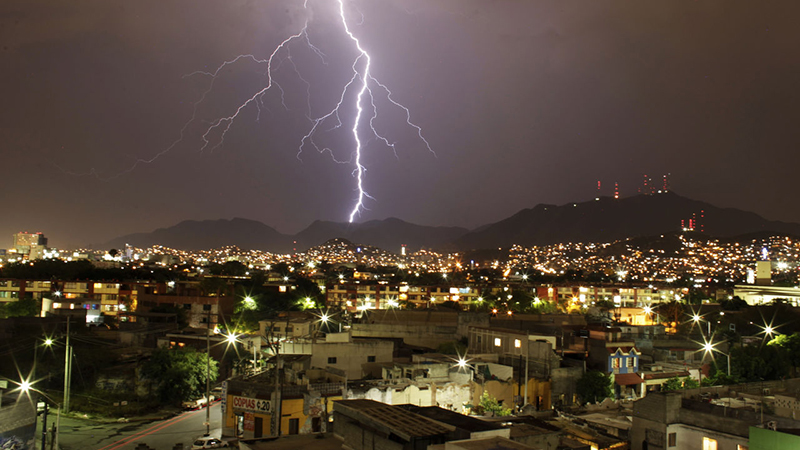QUESTION: A participant in our 401(k) plan has requested a hardship distribution to pay for repairs to her home, which was damaged by fire. Our 401(k) plan only permits hardship distributions for events that satisfy a regulatory safe harbor. How do we determine whether the damage to her home qualifies for the casualty loss safe harbor?
ANSWER: The casualty loss safe harbor allows a 401(k) plan to make a hardship distribution to pay for repairs to a participant’s principal residence that would qualify for a casualty loss deduction for federal income tax purposes. The casualty loss deduction is generally available for “losses of property not connected with a trade or business or a transaction entered into for profit, if such losses arise from fire, storm, shipwreck, or other casualty.” The deduction cannot be claimed unless the losses are at least $100; exceed 10% of the individual’s adjusted gross income; and for taxable years beginning before 2026, are attributable to a federally declared disaster. But neither the 10% threshold nor the federally declared disaster requirement applies when determining whether losses qualify for the casualty loss safe harbor.
To determine whether the participant qualifies for a hardship distribution under the casualty loss safe harbor, your plan must verify that the damage was to the participant’s principal residence (not to a second home or some other personal property) and that the cost to repair the damage is $100 or more. We suggest obtaining the following documentation:
-
Verification of Principal Residence. Proof that the home is the participant’s principal residence might include documentation that typically shows the participant’s principal residence address, such as a tax return, driver’s license, or voter registration.
-
Verification of Casualty Loss. To establish the loss, the participant should provide a written statement describing the damage, including the cause (in this case, fire), the date that the damage occurred, and the necessary repairs. The documentation might also include photos of the damage. Evidence of the repair cost might include cost estimates (or invoices if the repairs have been completed), and proof that insurance proceeds did not cover the expenses.
The IRS has issued a memorandum to its Employee Plans examiners on substantiating hardship safe harbor events when auditing a 401(k) plan (see our Checkpoint article). The memorandum describes the documentation that a plan sponsor or third-party administrator (TPA) can rely on for establishing a specific hardship safe harbor event and provides guidelines that allow the sponsor or TPA to rely on a summary of the source documents, so long as the plan makes certain disclosures to the participant and the participant agrees to retain the source documents and make them available upon request.
As a reminder, the participant also must establish that she lacks other resources to satisfy her need, and the amount requested cannot exceed the amount of the financial need (plus amounts necessary to pay federal, state, and local taxes or penalties reasonably expected to result from the distribution). Under the general standard for hardship distributions after 2019, the employee must first obtain other currently available distributions from your 401(k) plan and certain other company plans, and must represent in writing that she has insufficient liquid assets reasonably available to satisfy her need.
For more information, see EBIA’s 401(k) Plans manual at Sections XV.B (“Safe Harbor Events Deemed to Be Financial Hardships”), XV.E (“General Standard for Determining Lack of Other Resources”), and XV.G (“What Documentation Should Be Required for Hardship Distributions?”).
Contributing Editors: EBIA Staff.









